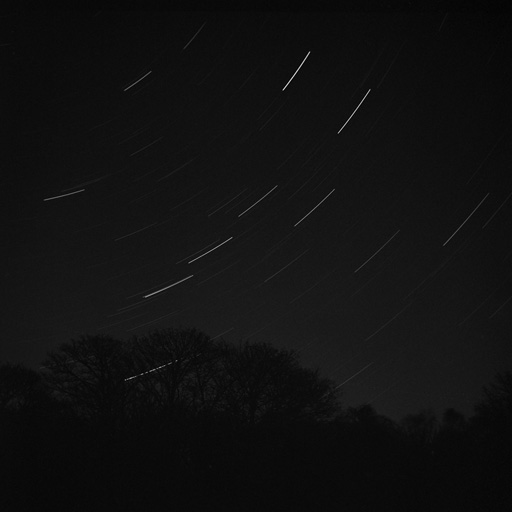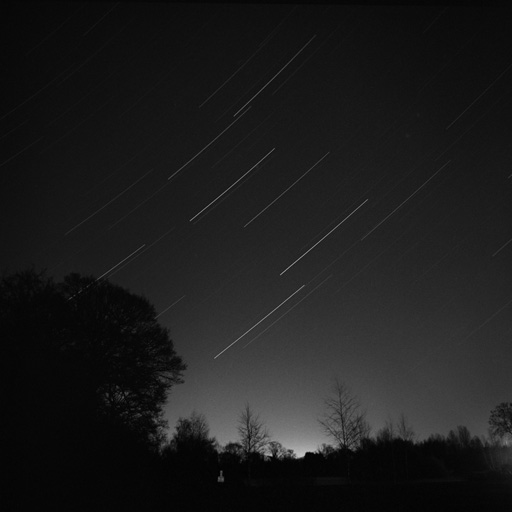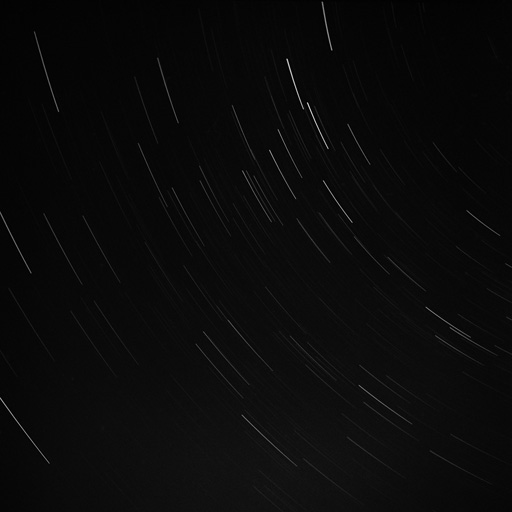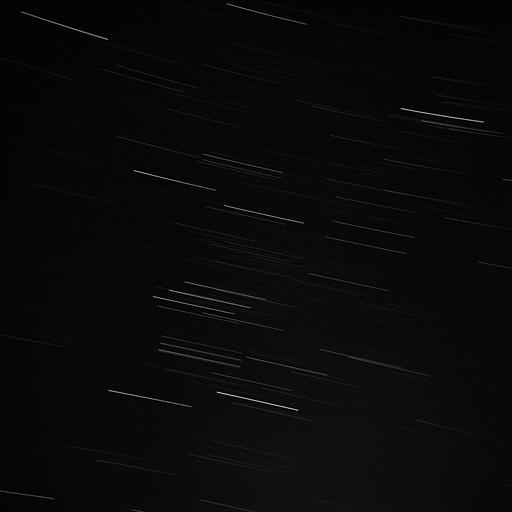2008-01-05
| Location: | Woodland Waters (South Lincolnshire, UK) |
| From: | 2008-01-05 20:00 UT |
| To: | 2008-01-05 23:45 UT |
| Equipment: |
Antares 905
Lomo Lubitel 166B Meade 10x50 Binoculars Naked Eye |
| Notes: |
Joined John Turner at Woodland Waters for an observing session. Dark and clear skies when we arrived. Also rather cold and windy. I brought my Antares 905 and John brought his Evostar 150. |
Mars
| From: | 2008-01-05 20:30 UT |
| To: | 2008-01-05 21:10 UT |
|
After a bit of time to get things set up we turned our telescopes on Mars. I first had a view, unfiltered, via John's Evostar. The image had quite a lot of fringing and was somewhat unsteady (probably partly due to the state of the atmosphere, but also down to the wind buffeting the 'scope). No detail could be seen. John then added a pale blue filter (#82A) and that improved things somewhat. While the image still seemed too bright it was then possible to see a hint of detail on the surface. At least two major darker areas were visible. I then set up the 905 with the 6mm eyepiece and the 2x barlow. The planet presented a good sized disc although no surface detail was visible. The wind didn't help things either so periods of a steady image were few and far between. The view itself seemed pretty similar to previous views I've had via the 130M. It seems that it's a struggle to get any detail out of Mars using either of my 'scopes. I then tried the #21 Orange filter but that didn't make any noticeable difference. I stuck with the planet a little more, waiting for steady moments, but never managed to get any hints of any detail via the 905. |
Started a Star Trail
| Time: | 2008-01-05 21:15 UT |
|
I set the Lomo Lubitel 166B up on a tripod and started a star trail. This was nothing more than an experiment. The camera was loaded with Ilford FP4+ 125 (120 roll film), the aperture was set to f8 (the Lubitel is supposed to give sharper images when stopped down a little). While probably not the best setup (stopped down somewhat, slowish film) I was curious to see what would come out and I also wanted to finish the film (it already had 5 shots on it taken elsewhere). The camera was roughly pointed at part of Ursa Major rising over some trees. |
M42
| From: | 2008-01-05 21:20 UT |
| To: | 2008-01-05 21:42 UT |
|
Had a look at M42 using the 905 and the 32mm eyepiece. Noted that it was rather faint (almost to the point of not being visible) with direct vision but was easy enough to make out with averted vision. If the stars in the view were anything to go by the view was still very unsteady. I then added the Neodymium filter and it appeared to make quite a difference. Probably the greatest difference I've seen it make so far. The background sky appeared darker and the nebula appeared to stand up to direct view a little more. With averted vision the view was obviously much better. Some actual "detail" was visible too. |
Stopped the Star Trail
| Time: | 2008-01-05 21:43 UT |
|
Stopped the star trail I'd started a little earlier. Here is the resulting image: |
Started a Star Trail
| Time: | 2008-01-05 21:49 UT |
|
I started a second star trail using the Lomo Lubitel 166B. Same as before: Ilford FP4+ 125 at f8. The camera was roughly pointed at Leo rising from behind some trees. |
Saturn
| From: | 2008-01-05 21:50 UT |
| To: | 2008-01-05 22:10 UT |
|
Took a look at Saturn with the 905 and 6mm eyepiece. Very soft/musy view. No detail visible at all. However, Saturn was still quite low down so that wouldn't have helped. Noted that, especially when compared to my last view of it, the rings had closed up quite a bit. The most interesting thing about the view was the way that the rings didn't appear to be "attached" to the planet. In other words, the rings appeared to be two objects, one either side of the planet, with a distinct gap between them and the planet. The view reminded me very much of some of the very early drawings of the planet that I've seen in books. I added the 2x barlow but the view was very mushy to the point of being no good. That said, the "detached ring effect" was still there. |
Possibly Comet Holmes
| From: | 2008-01-05 22:13 UT |
| To: | 2008-01-05 22:24 UT |
|
While stood looking at the Double Cluster with the naked eye I spotted something close by, near Algol, that appeared to be about the same size and of a similar brightness to it. Initially I was confused about what it was. I quickly grabbed my monocular and had a look and could see that it was a faint but noticeable misty patch. Given that I wasn't aware of any object in that location, and given that I couldn't find any such thing on my charts (not that I expected to — I'd have known about such an object if it were a "fixed" item in the sky), I suspected that it was comet Holmes. This came as quite a surprise because I thought it had long faded from naked-eye view. |
Stopped a Star Trail
| Time: | 2008-01-05 22:25 UT |
|
Stopped the star trail I'd started a little earlier. Here is the resulting image: |
Back to Comet Holmes
| From: | 2008-01-05 22:27 UT |
| To: | 2008-01-05 22:40 UT |
|
Went back to looking at what I suspected was comet Holmes. This time I used the 905 and the 32mm eyepiece. There was something there, a faint brightening of the sky, but nothing distinct. I also had a look via John's Evostar with a 42mm eyepiece and the same thing could be seen: slightly indistinct brightening of the sky. I then grabbed the 10x50 binoculars and had a look with them. Using averted vision the object looked very much like a comet so it seemed obvious that I really was looking at comet Holmes. Since this observing session I've checked with a couple of charts that show Holme's position for that evening and it turns out that my suspicion was correct. I'm kind of surprised by this as I really didn't think that the comet would be a naked eye object any more. |
Started a Star Trail
| Time: | 2008-01-05 22:42 UT |
|
I started a third star trail using the Lomo Lubitel 166B. Same as before: Ilford FP4+ 125 at f8. The camera was roughly pointed in the general direction of Cassiopeia. |
M81 and M82
| From: | 2008-01-05 22:44 UT |
| To: | 2008-01-05 22:55 UT |
|
Had a brief view of M81 and M82 through John's Evostar via the 42mm eyepiece. Very impressive sight. M81 looked very much like a (more or less) face-on galaxy. I couldn't make out any hint of any spiral structure, it looked more like an oval shaped misty patch with a bright and distinct concentration in the middle. M82 was the most impressive of the two. It looked like a thin line and I could also see a hint of the dust lanes that it contains. |
Back on Saturn
| From: | 2008-01-05 23:00 UT |
| To: | 2008-01-05 23:13 UT |
|
Now that it was higher in the sky I returned to Saturn with the 905 and 6mm eyepiece (with and without the 2x barlow). Still no detail of any kind visible although the image wasn't quite so soft this time. In both cases (with and without the barlow) I was still seeing the "detached ring effect". |
Stopped a Star Trail
| Time: | 2008-01-05 23:14 UT |
|
Stopped the star trail I'd started a little earlier. Here is the resulting image: |
Started a Star Trail
| Time: | 2008-01-05 23:18 UT |
|
I started a fourth star trail using the Lomo Lubitel 166B. Same as before: Ilford FP4+ 125 at f8. The camera was roughly pointed in the general direction of Orion. |
Stopped a Star Trail
| Time: | 2008-01-05 23:45 UT |
|
Stopped the star trail I'd started a little earlier. Here is the resulting image: |
End of Session
| Time: | 2008-01-05 23:46 UT |
|
During the previous star trail exposure we started to pack up and we finally called an end to the session at 23:46 UT. |



